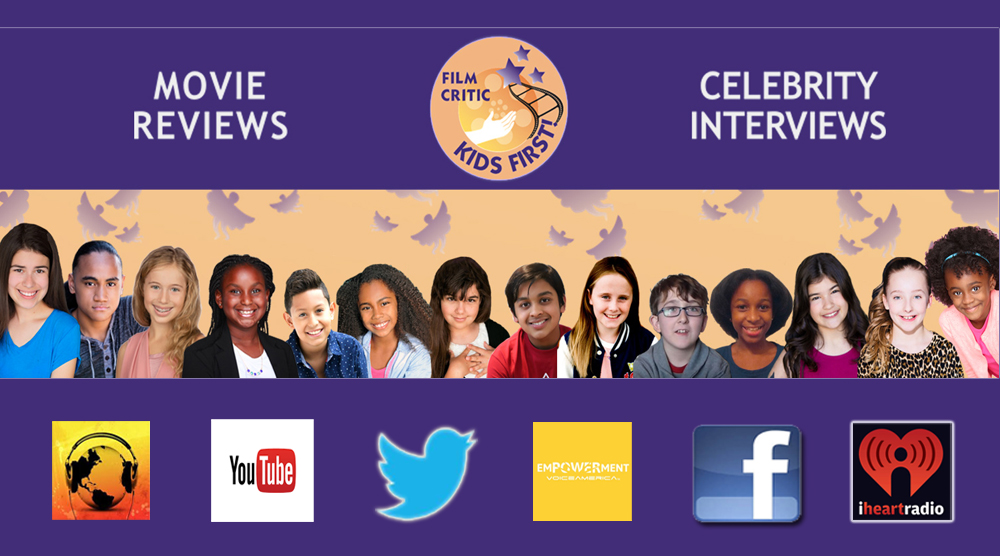The Hill * A Hard-Hitting Cast And Beautifully Written, Evocative Script
Growing up impoverished in small-town Texas, young Rickey Hill shows an extraordinary ability for hitting a baseball, despite being burdened by leg braces from a degenerative spinal disease. His stern, pastor father discourages Rickey from playing baseball to protect him from injury, and to have him follow in his footsteps and become a preacher. As a young man, Ricky becomes a baseball phenomenon. His desire to participate in a try-out for a legendary major league scout divides the family and threatens Rickey’s dream of playing professional baseball.
KIDS FIRST! Film Critic Eshaan M. comments, “With a hard-hitting cast and beautifully written, evocative script, The Hill surely captured my attention and should appeal to sports, drama and biographical film fans as well.”
Read More







